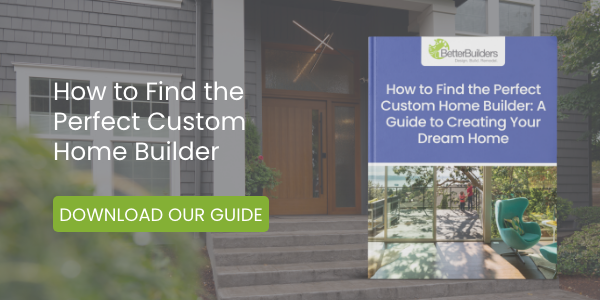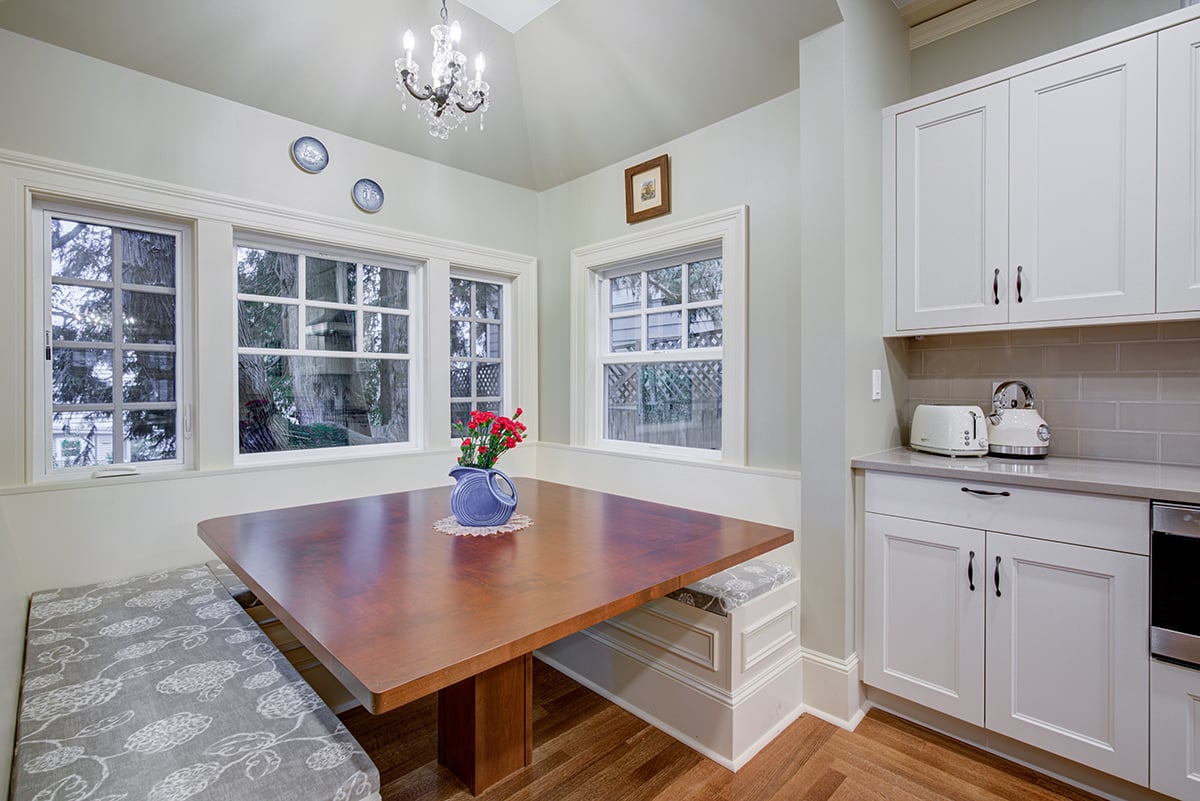Embarking on a home construction or renovation journey can be daunting for many homeowners. Often, the confusion lies in understanding the various residential construction services available and discerning their advantages and disadvantages.
This article aims to demystify two prevalent methods: the traditional Design-Bid-Build approach and the more integrated Design-Build approach. By the end, you'll have a clearer picture of which path aligns with your vision and project goals.
What is Design-Bid-Build in Construction?
Let’s begin the process by breaking down the traditional approach to residential build services: Design-Bid-Build.
What is Design?
Design is more than just a blueprint; it's the culmination of your ideas, aspirations, needs, and aesthetic preferences translated into a visual representation. This phase involves meticulous planning, putting the concept of your desired home on paper, encompassing everything from the scope of work to detailed specifications and drawings.
What is a Bid?
In the construction lexicon, a bid refers to a contractor's offer, typically a price estimate for the project. However, it's crucial to understand that a bid is not synonymous with the actual cost or value of the project.
Often, bids can be misleading, leading homeowners to opt for the lowest bidder without fully comprehending the project's scope or potential pitfalls. Design-Bid-Build projects often end up costing more in the long run.
What is Build?
The 'Build' phase is where the conceptual designs transform into tangible structures. This involves the physical construction project of your dream home and project management and execution by a team of skilled professionals.
In the traditional Design-Bid-Build model, homeowners are responsible for coordinating all the moving pieces. They must first engage a design team under one contract, finalize the design, solicit bids from multiple contractors, and enter construction under a separate contract. Unfortunately, this often results in projects going to the lowest bidder, potentially compromising quality and alignment with the homeowner's vision. This method can also wreak havoc on your project schedule and the efficiency of the construction management.
 Architect Chuck Johnson meeting with the homeowners to discuss landscape design for our West Seattle Custom Home project, 2023
Architect Chuck Johnson meeting with the homeowners to discuss landscape design for our West Seattle Custom Home project, 2023
How Does the Design-Build Approach Differ from Traditional Project Delivery Methods?
The Design-Build approach offers a more streamlined project delivery method and a more cohesive experience for the homeowner. Here, a single entity—typically a Design-Build team—oversees the design, project management, and construction phases. This integrated approach fosters collaboration and ensures that the final design aligns with budgetary constraints from the outset.
-1.jpg?width=1200&height=800&name=west-seattle-dadu-detail-shot%20(3)-1.jpg)
What Are the Benefits of Design-Build?
1. Budget Alignment
With the Design-Build contractor involved from the design phase and working with a single contract, there's a more realistic assessment of costs, preventing budget overruns.
2. Streamlined Communication
Having a unified team means one point of contact - this minimizes miscommunication and ensures the construction phase reflects the initial design intent.
3. Efficiency
Early involvement allows for preemptive problem-solving, reducing design modifications and change orders during construction.
The Essence of the Design-Build Method
Central to the Design-Build ethos is a focus on relationship-building between the homeowner and the design-build firm. A reputable Design-Build firm will act as your trusted advisor and prioritize transparency, education, and client empowerment. This collaborative approach ensures that homeowners are treated as team members and remain informed, engaged, and confident throughout the design phase and construction process. It’s important you understand the partnership with your design-build team is a relationship where you’ll be a part of it every step of the way, rather than a transaction.
Refer to this Home Renovation Timeline for a detailed insight into the typical Design-Build process steps.
 Architect Chuck Johnson on site of our West Seattle Custom Home, 2023
Architect Chuck Johnson on site of our West Seattle Custom Home, 2023
Is Design-Build More Expensive?
Contrary to popular belief, the Design-Build project delivery system can be more cost-effective (sometimes even cost-saving!) in the long run. The expertise and efficiencies gained from managing both the design and construction phases often result in fewer errors, reworks, and unexpected project costs. Additionally, value engineering around Design-Build project delivery—a proactive approach to optimizing construction methods—can further enhance cost-efficiency without compromising quality.
Choosing the Right Design-Build Contractor
Selecting a trustworthy Design-Build partner is crucial. Beyond reviewing portfolios and testimonials, focus on intangible aspects like communication, teamwork, trustworthiness, and alignment of values. Ask probing questions, seek clarity on their methodologies, and ensure you resonate with their approach and ethos.
For a comprehensive list of questions to guide your selection process, explore these 19 Questions to Ask When Hiring a General Contractor.
What Matters Most to You?
Ultimately, the choice between Design-Bid-Build and Design-Build hinges on your priorities. While both approaches have merits, the use of Design-Build methods offers a cohesive, efficient, and collaborative experience, minimizing uncertainties and maximizing satisfaction. By prioritizing partnership, transparency, and expertise, you pave the way for a seamless journey toward realizing your dream home.
To learn more about the advantages of working with a Design-Build team to create your perfect custom home, download our eBook, “How to Find the Perfect Custom Home Builder: A Guide to Creating Your Dream Home.”


.jpg?width=7952&height=5304&name=aging-in-place-bathroom%20(1).jpg)












